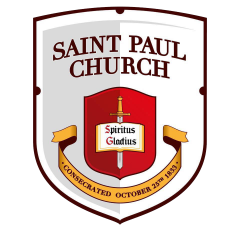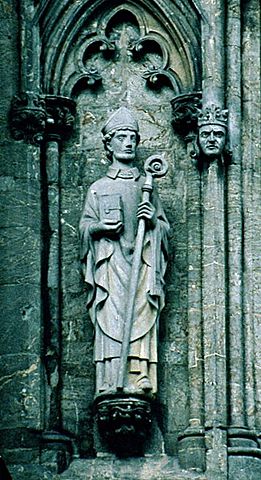
Mary (Greek: Μαρία, translit. María; Aramaic: ܡܪܝܡ, translit. Mariam; Hebrew: מִרְיָם, translit. Miriam; Arabic: مريم, translit. Mariam), also known by various titles, styles and honorifics, was a 1st-century Galilean Jewish woman of Nazareth, and the mother of Jesus, according to the New Testament and the Quran.
The gospels of Matthew and Luke in the New Testament and the Quran describe Mary as a virgin (Greek: παρθένος, translit. parthénos) and Christians believe that she conceived her son while a virgin by the Holy Spirit. The miraculous conception took place when she was already betrothed to Joseph and was awaiting the concluding rite of marriage, the formal home-taking ceremony. She married Joseph and accompanied him to Bethlehem, where Jesus was born.
The Gospel of Luke begins its account of Mary’s life with the Annunciation, when the angel Gabriel appeared to Mary and announced her divine selection to be the mother of Jesus. According to canonical gospel accounts, Mary was present at the crucifixion and is depicted as a member of the early Christian community in Jerusalem. According to the Catholic and Orthodox teaching, at the end of her earthly life her body was assumed directly into Heaven; this is known in the Christian West as the Assumption.
Mary has been venerated since early Christianity, and is considered by millions to be the most meritorious saint of the religion. She is claimed to have miraculously appeared to believers many times over the centuries. The Eastern and Oriental Orthodox, Roman Catholic, Anglican, and Lutheran churches believe that Mary, as mother of Jesus, is the Mother of God (Greek: Θεοτόκος, translit. Theotokos, lit. ‘God-bearer’). There is significant diversity in the Marian beliefs and devotional practices of major Christian traditions. The Roman Catholic Church holds distinctive Marian dogmas, namely her status as the Mother of God, her Immaculate Conception, her perpetual virginity, and her Assumption into heaven. Many Protestants minimize Mary’s role within Christianity, based on the argued brevity of biblical references. Mary (Arabic: مريم, translit. Maryām) also has a revered position in Islam, where one of the longer chapters of the Quran is devoted to her.




